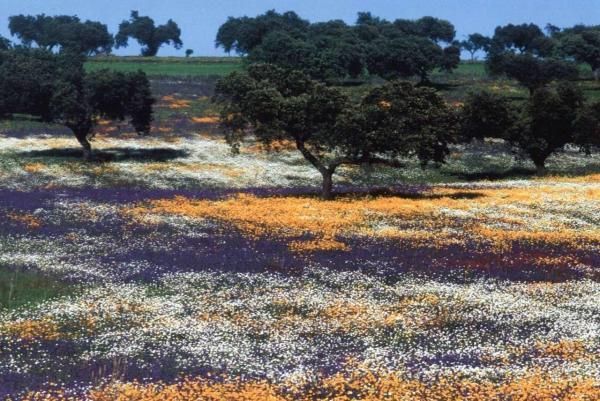Biodiversidad, Ecología y Evolución
Departamento


University of Otago
Dunedin, Nueva ZelandaPublicaciones en colaboración con investigadores/as de University of Otago (33)
2022
-
Guiding marine protected area network design with comparative phylogeography and population genomics: An exemplary case from the Southern Ocean
Diversity and Distributions, Vol. 28, Núm. 9, pp. 1891-1907
-
Moving wildlife tracking forward under forested conditions with the SWIFT GPS algorithm
Animal Biotelemetry, Vol. 10, Núm. 1
2021
-
Altitudinal distribution of the entire invasive small mammal guild in the eastern dryland zone of New Zealand’s Southern Alps
Biological Invasions, Vol. 23, Núm. 6, pp. 1837-1857
-
European hedgehogs rear young and enter hibernation in new zealand’s alpine zones
New Zealand Journal of Ecology, Vol. 45, Núm. 2
-
Novel Conditions in Conservation Translocations: A Conservative-Extrapolative Strategic Framework
Frontiers in Conservation Science, Vol. 2
-
Population variation in diaphyseal growth and age estimation of juvenile skeletal remains
Remodeling Forensic Skeletal Age: Modern Applications and New Research Directions (Elsevier), pp. 99-138
2020
-
Reintroduction modelling: A guide to choosing and combining models for species reintroductions
Journal of Applied Ecology, Vol. 57, Núm. 7, pp. 1233-1243
2019
-
Sediment Respiration Pulses in Intermittent Rivers and Ephemeral Streams
Global Biogeochemical Cycles, Vol. 33, Núm. 10, pp. 1251-1263
-
Simulating rewetting events in intermittent rivers and ephemeral streams: A global analysis of leached nutrients and organic matter
Global Change Biology, Vol. 25, Núm. 5, pp. 1591-1611
-
The interplay of nested biotic interactions and the abiotic environment regulates populations of a hypersymbiont
Journal of Animal Ecology, Vol. 88, Núm. 12, pp. 1998-2010
2018
-
Restricted home ranges reduce children's opportunities to connect to nature: Demographic, environmental and parental influences
Landscape and Urban Planning, Vol. 172, pp. 69-77
2017
-
Optimizing control programmes by integrating data from fine-scale space use by introduced predators
Biological Invasions, Vol. 19, Núm. 1, pp. 209-221
-
Reply to Fattorini et al.: Children’s selected avoidance of wild greenspace is driven by more than cultural factors
Proceedings of the National Academy of Sciences of the United States of America
-
The database of the PREDICTS (Projecting Responses of Ecological Diversity In Changing Terrestrial Systems) project
Ecology and Evolution, Vol. 7, Núm. 1, pp. 145-188
-
The importance of urban gardens in supporting children's biophilia
Proceedings of the National Academy of Sciences of the United States of America, Vol. 114, Núm. 2, pp. 274-279
-
Trial reintroduction of buff weka to an unfenced mainland site in central South Island, New Zealand
Austral Ecology, Vol. 42, Núm. 2, pp. 198-209
2016
-
Crowded house: Nest sharing among solitary European hedgehogs in New Zealand
Frontiers in Ecology and the Environment
-
Emblematic forest dwellers reintroduced into cities: Resource selection by translocated juvenile kaka
Current Zoology, Vol. 62, Núm. 1, pp. 15-22
-
Resource selection by an ancient taxon (Onychophora) in a modern urban landscape: A multi-scale analysis approach to assist in the conservation of an animal phylum
Landscape and Urban Planning, Vol. 148, pp. 27-36
-
Resource selection by tuatara following translocation: A comparison of wild-caught and captive-reared juveniles
New Zealand Journal of Ecology, Vol. 40, Núm. 3, pp. 334-341